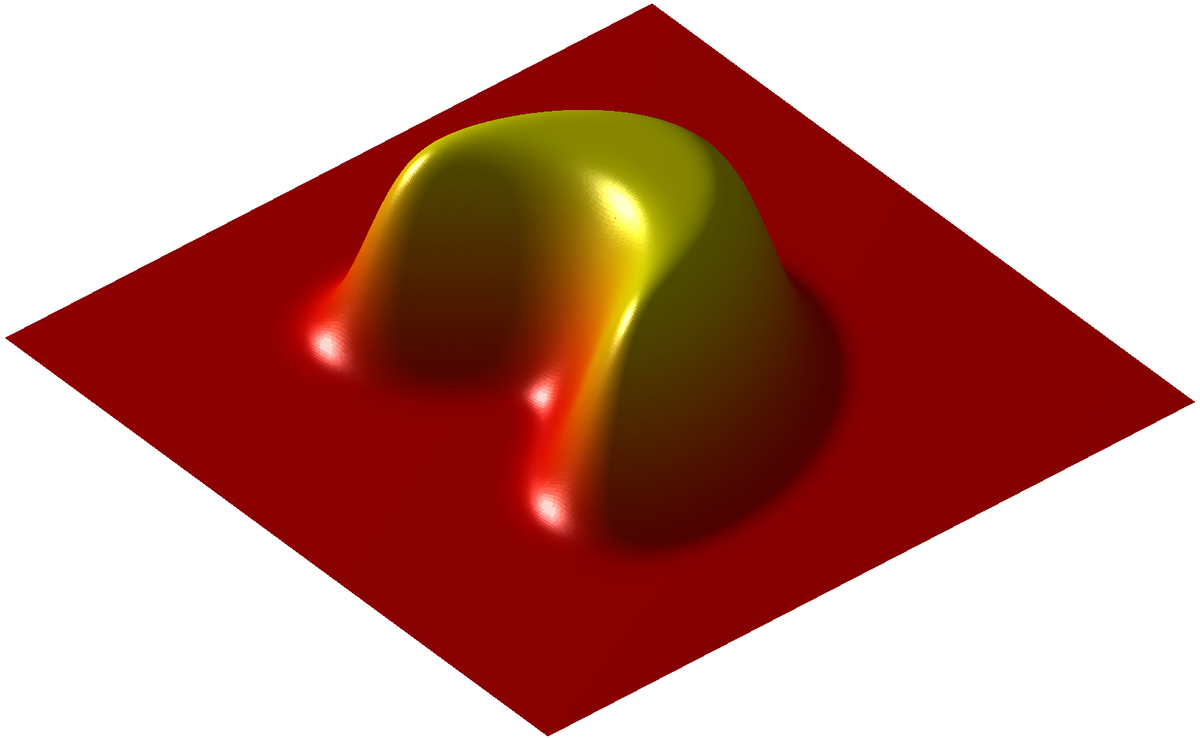- Joined
- Jun 8, 2020
- Messages
- 1,783
- Reactions
- 2,546
- Age
- 68
- Location
- Red Head , NSW, Australia 🇦🇺
- Site
- youtu.be
Hi all,
This is a "heads up" to be cautious when flying a preplanned waypoint mission, as altitudes can change from what you originally set!
Page 41 of the Air 3 manual states - "THE FLIGHT ROUTE WILL CURVE BETWEEN WAYPOINTS, SO THE AIRCRAFT ALTITUDE BETWEEN WAYPOINTS MAY BECOME LOWER THAN THE ALTITUDES OF THE WAYPOINTS DURING THE FLIGHT. MAKE SURE TO AVOID ANY OBSTACLES BELOW WHEN SETTING A WAYPOINT"
Recently I almost lost my Air 3 into the ocean because of this. This was due to a negative altitude being implemented by the waypoint flight that was not known until actually flying the mission. @KenG has had a similar issue, with DJI confirming that a new core board module was needed for his Air 3 and are replacing it under warranty.
Here is a short fun video of what happened in my case utilising my AirData stats. You can see how I was climbing nicely until suddenly at waypoint F a negative altitude is applied. In a state of panic I hit RTH with a second to spare. Enjoy!
Waypoints Mission (Impossible)-4K.mov
@Droning on and on...
This is a "heads up" to be cautious when flying a preplanned waypoint mission, as altitudes can change from what you originally set!
Page 41 of the Air 3 manual states - "THE FLIGHT ROUTE WILL CURVE BETWEEN WAYPOINTS, SO THE AIRCRAFT ALTITUDE BETWEEN WAYPOINTS MAY BECOME LOWER THAN THE ALTITUDES OF THE WAYPOINTS DURING THE FLIGHT. MAKE SURE TO AVOID ANY OBSTACLES BELOW WHEN SETTING A WAYPOINT"
Recently I almost lost my Air 3 into the ocean because of this. This was due to a negative altitude being implemented by the waypoint flight that was not known until actually flying the mission. @KenG has had a similar issue, with DJI confirming that a new core board module was needed for his Air 3 and are replacing it under warranty.
Here is a short fun video of what happened in my case utilising my AirData stats. You can see how I was climbing nicely until suddenly at waypoint F a negative altitude is applied. In a state of panic I hit RTH with a second to spare. Enjoy!
Waypoints Mission (Impossible)-4K.mov
@Droning on and on...
Last edited:













